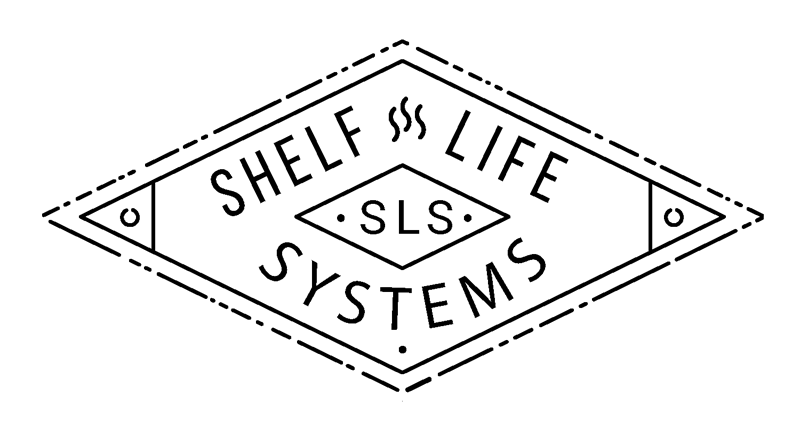In recent years, there’s been a big shift in the way consumers think about what they eat and drink. More than ever, people want to know exactly what’s in their beverages, and they’re looking for simple, natural ingredients they can recognize. This has led to the rise of the clean-label trend. But what does this mean for brewers, and how can you prepare to meet these new demands?
Let’s dive into what the clean label trend is, why it’s gaining momentum, and how it impacts brewing – especially when it comes to pasteurizers, shelf life, and packaging.
What is the Clean Label Trend?
The clean label trend is all about simplicity and transparency. Consumers today want to know exactly what’s in the products they buy. They’re turning away from artificial ingredients, chemical preservatives, and overly processed foods and beverages. Instead, they’re seeking out drinks made with natural ingredients that they can easily understand.
A big part of this shift has been driven by how much information people can access online. Today’s consumers can look up anything they don’t recognize on a label, which means they’re becoming more aware of what’s healthy, natural, and sustainable. Add to that the changes brought by the pandemic, and people are more focused than ever on their health and wellness. Consumers are now looking for drinks that support stress relief, immune health, digestion, and energy, all from natural sources.
There’s also been a rising desire to enjoy classic beverages without feeling guilty. For example, many people still love drinking soda but don’t want to consume high fructose corn syrup or artificial sweeteners. So, there’s a demand for clean-label soft drinks that offer great taste with simple, recognizable ingredients.
Meeting Consumer Demand for Clean Labels
So, how do brewers meet these new expectations? It starts with ingredients.
To meet the demand for clean-label beverages, it’s important to use natural, recognizable ingredients like real fruit extracts, natural sweeteners, and botanicals. The goal is to keep things simple, while still offering the bold flavors that today’s consumers expect.
There are also expert-recommended ingredient solutions that brewers can use to balance clean label requirements with taste. By finding the right ingredients, you can create beverages that not only taste great but also meet consumer demands for health and transparency.
The Clean Label Challenge: Shelf Life
While clean-label products are gaining popularity, they also come with some challenges—especially when it comes to shelf life.
One of the biggest issues is that clean-label beverages often don’t have preservatives, which means they can spoil faster. Without these additives, natural ingredients may be more vulnerable to microbial growth, spoilage, or changes in taste and texture. Weather conditions can also impact the natural ingredients brewers use, affecting both flavor and consistency from batch to batch.
Oxidation is another concern. Without the preservatives found in more traditional beverages, oxidation can cause natural colors, flavors, and even nutritional value to degrade more quickly.
For brewers, these challenges can have a big impact on whether a product can be sold in stores and how long it can stay on the shelves.
How to Improve Shelf Life in Clean Label Beverages
One key solution to these shelf-life challenges is pasteurization. Pasteurization is a process that involves heat-treating beverages to kill harmful bacteria, molds, and yeasts that could spoil them. For brewers, flash pasteurization, or high-temperature short-time (HTST), is especially helpful. This method quickly heats and then cools beer, stabilizing it without compromising its flavor or quality.
Pasteurization offers a few major benefits for brewers working with clean-label products:
- Maintaining Quality: Flash pasteurization helps stabilize the flavor and aroma of your beer, so each batch tastes just as good as the last.
- Extending Shelf Life: By killing off harmful bacteria, pasteurization can significantly extend the shelf life of clean-label beverages, ensuring they stay fresh longer, even without preservatives. This is especially helpful if you’re expanding distribution to retail shelves, where products may sit for a while before being purchased.
Packaging Considerations
After pasteurization, packaging is another important factor for preserving the quality of clean-label beverages. Packaging that protects against light exposure can help prevent flavors and colors from degrading, especially when dealing with natural ingredients. Some brewers also use a nitrogen injection during the canning process to help prevent oxygen from getting in, which slows down oxidation and keeps the product fresher for longer.
Choosing the right packaging can go a long way in ensuring the shelf stability and quality of clean-label beverages, especially as more breweries aim to meet retail demands.
Brewing the Future: Navigating the Clean Label Movement
The clean label trend is changing the beverage industry, with consumers expecting transparency, health benefits, and natural ingredients in the drinks they enjoy. For brewers, this offers a unique opportunity to expand into this growing market. But meeting these demands means addressing the challenges that come with clean label production, especially when it comes to preserving quality and extending shelf life.
By embracing pasteurization and smart packaging solutions, brewers can create clean label beverages that meet consumer demands while ensuring product consistency, safety, and freshness.
Preserve flavor, extend shelf life, and meet clean label demands with ease. Find out how Shelf Life Systems’ pasteurizers can support your brewing process. Reach out to our team for details.
